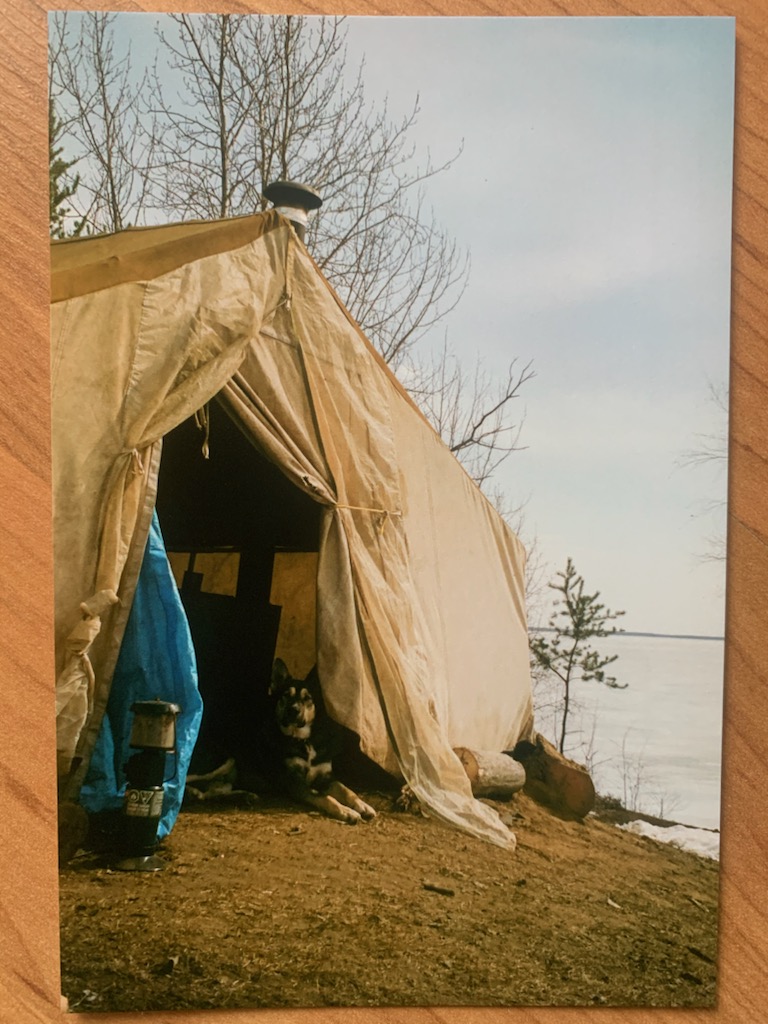As I watched the videos and connected with our lecture this week, I gained greater knowledge of what a citizen can be viewed as in the eyes of society. Common observations simply define citizens as “good” and “bad”, based on individuals’ responsibilities, levels of social participation, and their involvement in justice. Citizenship also is often placed around the idea of having a passport and government documents, that ultimately decide on whether or not you can participate in things within the country of choice. Citizenship certainly varies based on the geographical location of the world, considering the vast amount of differences that Canadian citizenship would have in comparison with other countries. Individuals who possess citizenship in Canada are generally expected to have some form of Treaty education, respect, and understanding about what it means to live on Treaty land.
Educators are on the frontlines of providing opportunities to learn about what it means to incorporate more Treaty Education into classrooms. Although there is progress being made for more consistency among school divisions, there can be barriers in this task, as sometimes it is not entirely prioritized into all parts of the curriculum across the province. The Truth and Reconciliation Committee’s 94 Calls to action is readily available to anyone wanting to read it, Indigenous and Non-Indigenous alike. I feel as if this document and the information inside are only merely discussed in classrooms today, as it encompasses a large amount of significant content.


Testing again.